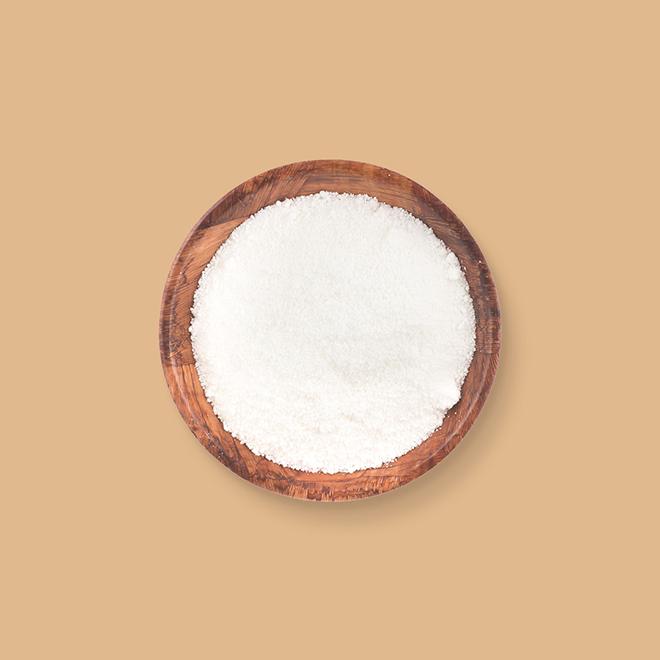Tapioca Starch




Tapioca starch, also known as tapioca flour, is a starch extracted from the cassava root, a tuber plant native to South America. It is a versatile ingredient that can be used as a thickener, stabilizer, and gluten-free flour. Tapioca starch is white, odorless, and tasteless, and it has a slightly gritty texture.
When buying tapioca starch, choose either the native tapioca starch for the most neutral flavor and purest texture. Native tapioca starch is ideal for thickening sauces, soups, and gravies, and works well in gluten-free baking.
Modified tapioca starch on the other hand undergoes treatment to enhance certain properties, like instant thickening or increased clarity. Look for labels like "pregelatinized" or "instant" if this is your preference. Modified tapioca starch with instant thickening properties is better for quick sauces and broths.
Store tapioca starch in a cool and dry place in an airtight container for up to 2 years. To prevent caking, you can add a few dried bay leaves to the storage container.
It can be used to make chewy and translucent dumplings, which are often used in Asian cuisine.
Tapioca starch can be added to frozen desserts, such as ice cream and sorbet, to prevent them from becoming icy.
Tapioca starch is the key ingredient in bubble tea pearls, also known as boba. These chewy spheres are formed by extruding a tapioca starch dough into a coagulating solution, resulting in their signature texture. Interestingly, bubble tea drink is nowadays one of the most commonly purchased drinks in Asia.
During World War II, tapioca starch production and trade were disrupted, leading to a global shortage. This shortage prompted the development of alternative starch sources, such as corn and potato starch. After the war, tapioca starch production recovered and is now a valuable industrial ingredient for various applications, including textiles, papermaking, and adhesives.
Tapioca starch is an excellent thickener for soups, sauces, puddings, and pies. It is more powerful than cornstarch and can withstand high temperatures without breaking down.
It is also a good stabilizer for emulsions, such as salad dressings and ice cream. It helps to prevent the ingredients from separating and ensures a smooth, creamy texture.
Tapioca is primarily composed of carbohydrates, providing a readily available source of energy for your body. Tapioca is naturally gluten-free, making it a safe and delicious option for individuals with celiac disease or gluten sensitivity.
Tapioca is relatively high in calories and should be consumed in moderation, especially if you're trying to manage your weight. Some tapioca products undergo various processing steps, which might reduce their nutritional value. Opt for minimally processed tapioca whenever possible.
Corrections or improvements? Email us at
content@sidechef.com